The American Dream has long been a symbol of hope, opportunity and the promise of a better life. But, in recent years, various social, economic and cultural shifts have introduced challenges that threaten this ideal. We look at 21 things that are redefining the American Dream:
Economic Inequality

The gap between the wealthy and the rest of the population continues to widen. While the top 1% amass unprecedented wealth, middle-class and lower-income families struggle to keep up with rising costs, leading to diminished prospects for upward mobility.
Stagnant Wages
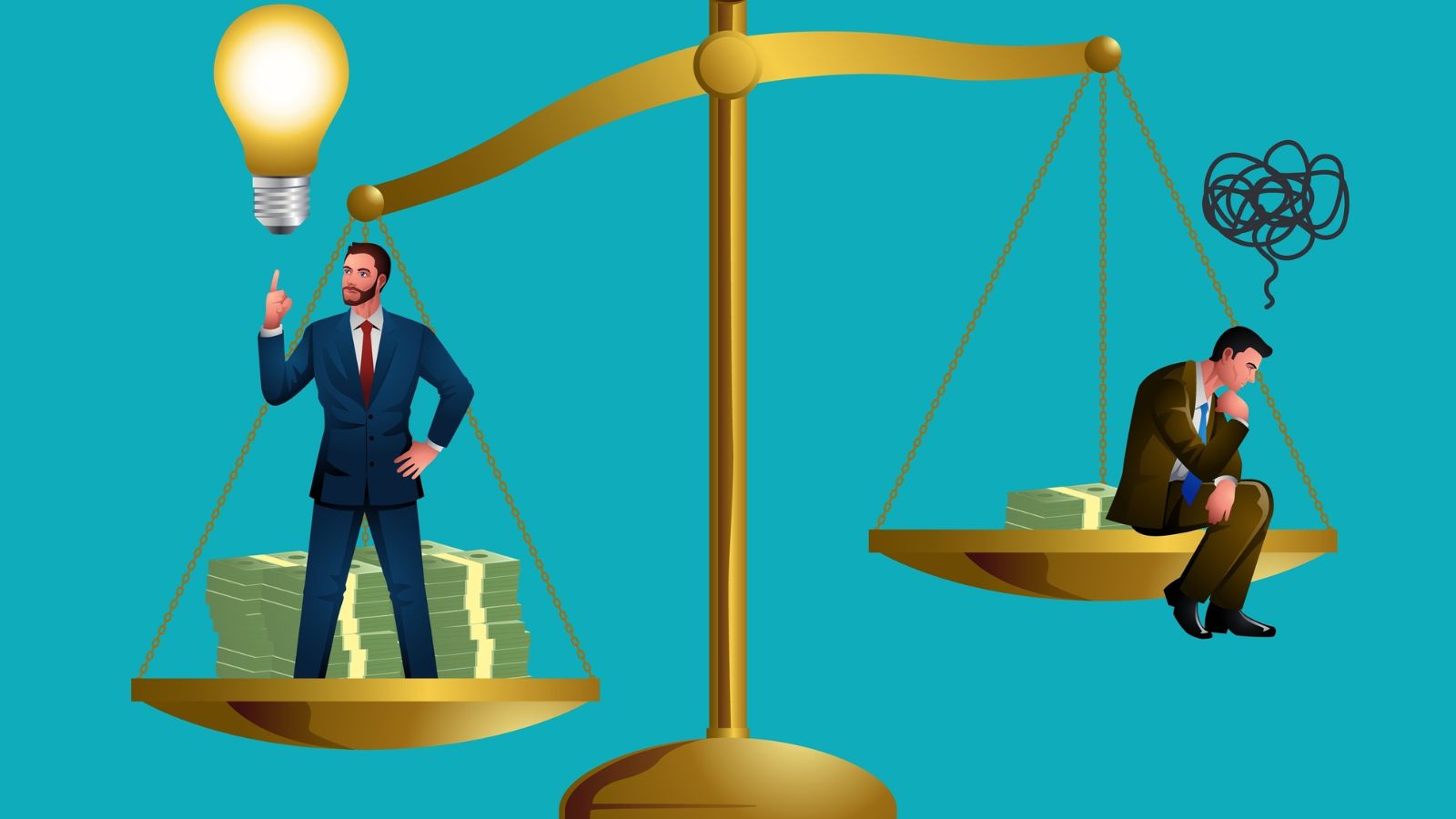
Despite increasing productivity, wages for many Americans have remained stagnant. With the cost of living soaring, the dream of financial security and homeownership has become increasingly elusive.
Rising Student Debt
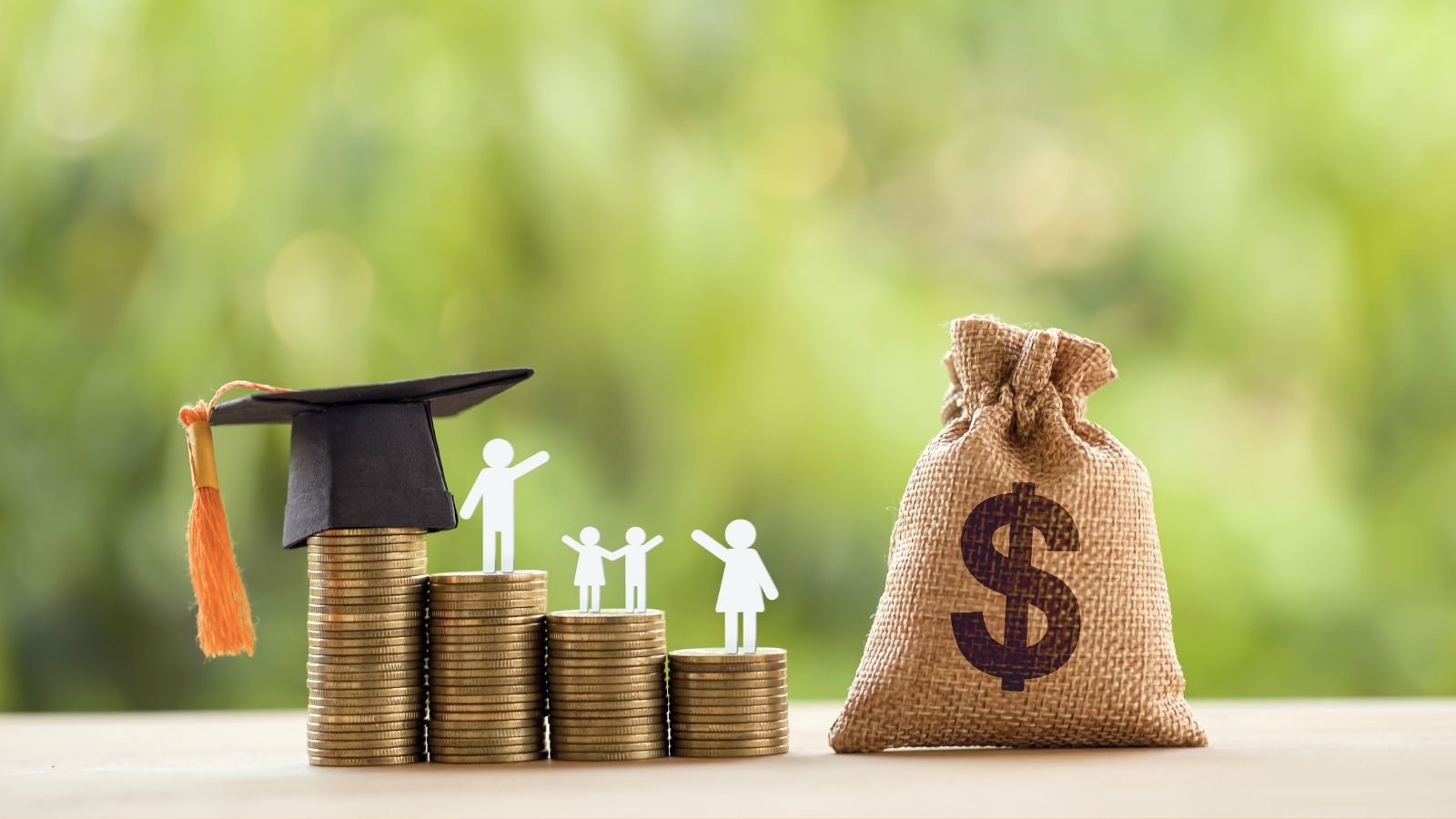
The burden of student loans is crippling millions of Americans. The promise that education is a pathway to prosperity is overshadowed by the reality of crushing debt that can take decades to repay, delaying or even derailing traditional life milestones.
Unaffordable Housing

Skyrocketing housing prices, especially in urban areas, have priced many out of the market. Homeownership, once a cornerstone of the American Dream, is now out of reach for a growing number of people, leading to a rise in renting and homelessness.
Healthcare Disparities
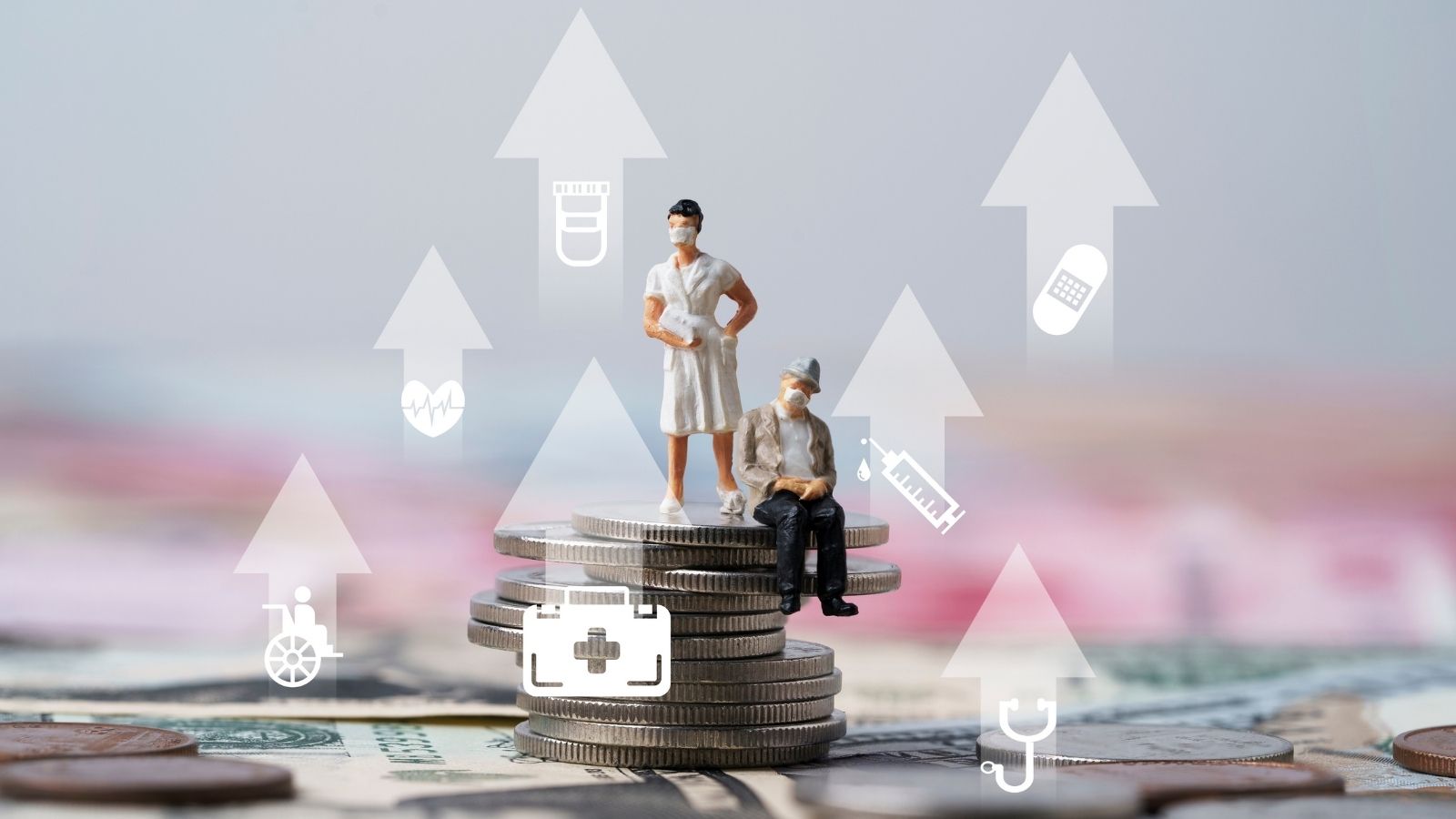
Access to affordable healthcare remains a significant issue. Even with insurance, many Americans face exorbitant out-of-pocket costs, leading to financial strain and making the pursuit of health and well-being increasingly difficult.
Job Insecurity
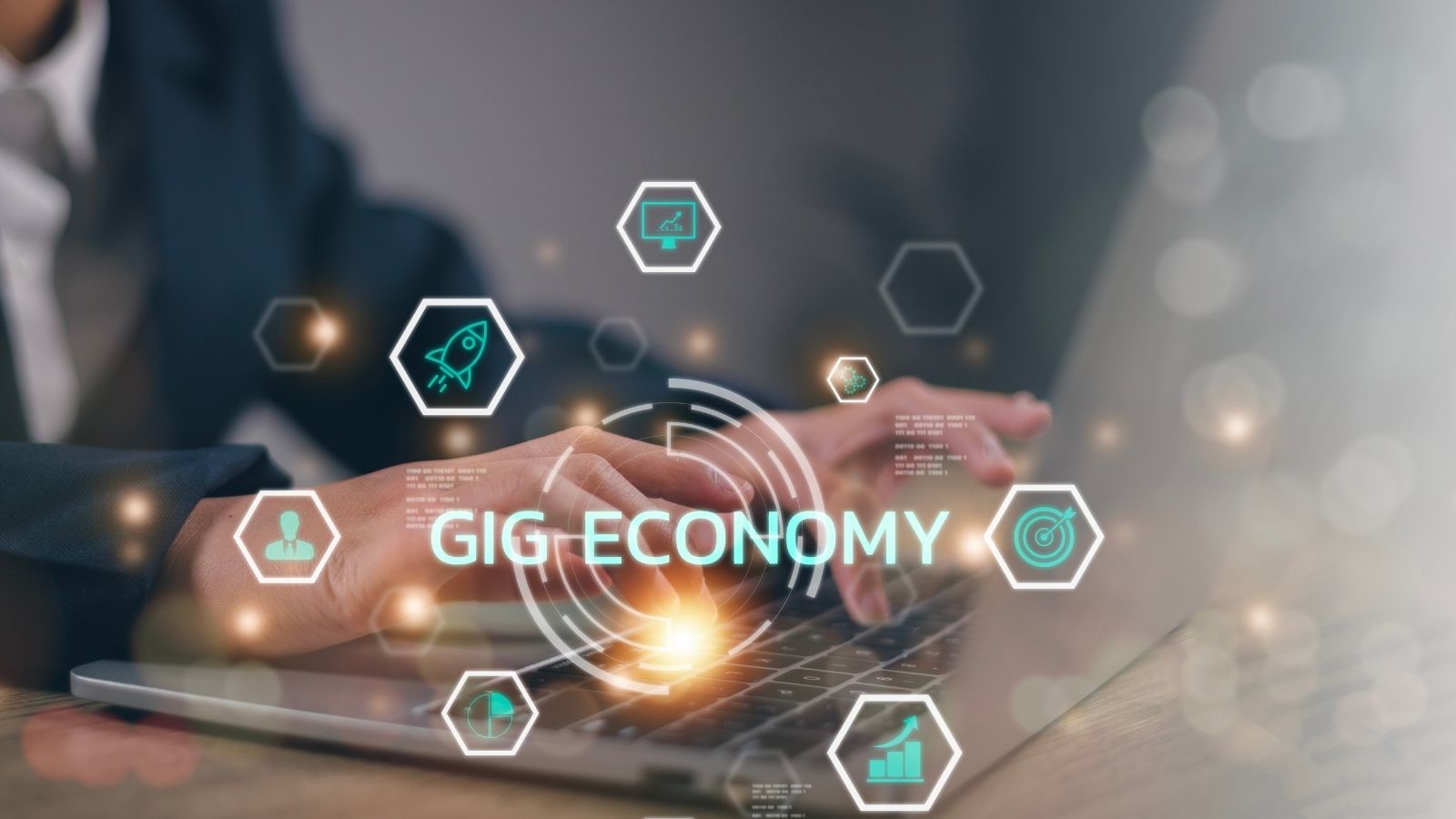
The gig economy and the decline of stable, full-time employment with benefits have left many workers in precarious situations. Job insecurity undermines the ability to plan for the future, a key component of the traditional American Dream.
Climate Change Impact
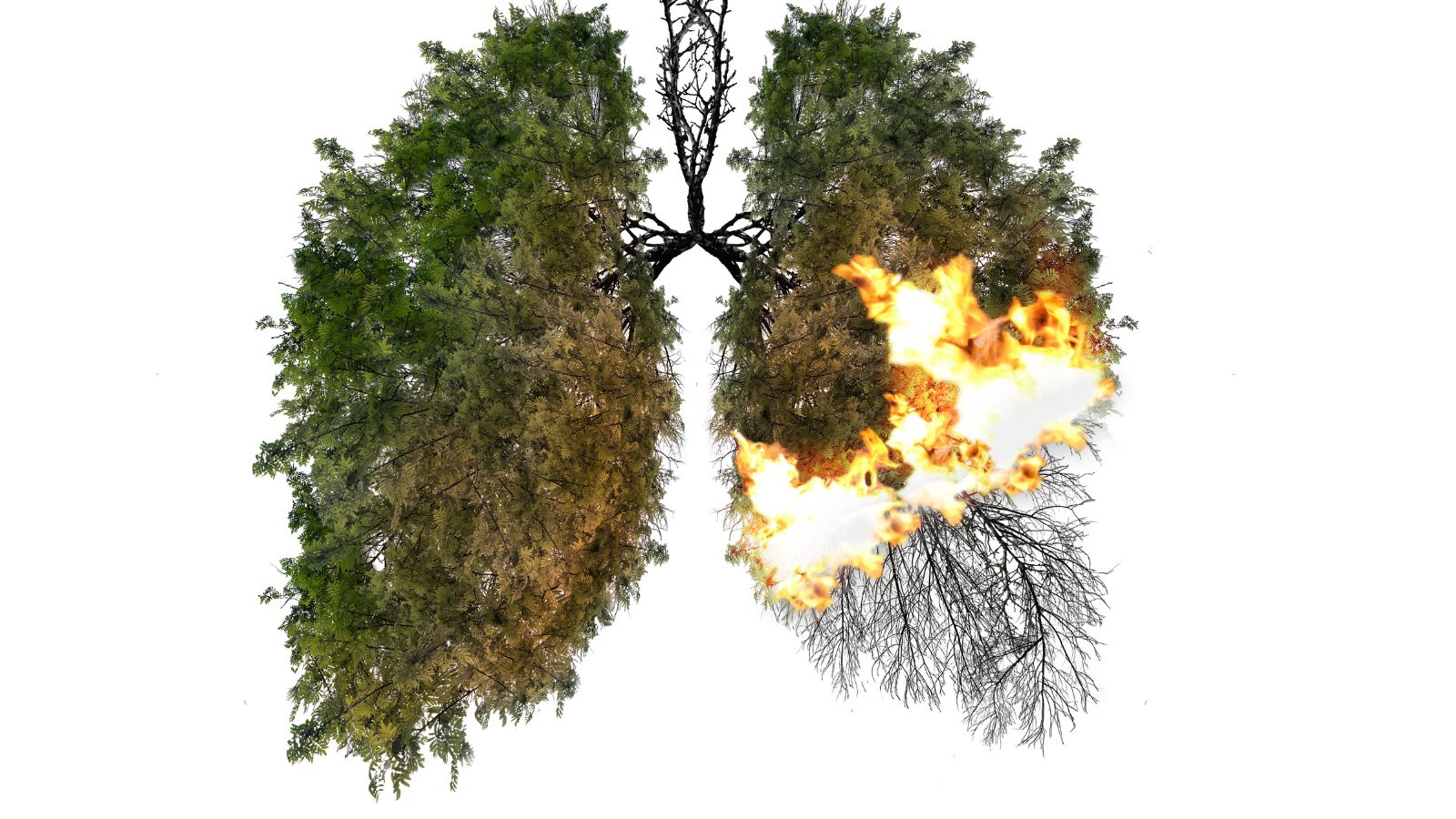
Extreme weather events and the broader impacts of climate change are increasingly disrupting lives. From devastating wildfires to floods, the environment poses a growing threat to the stability and security once taken for granted.
Political Polarization
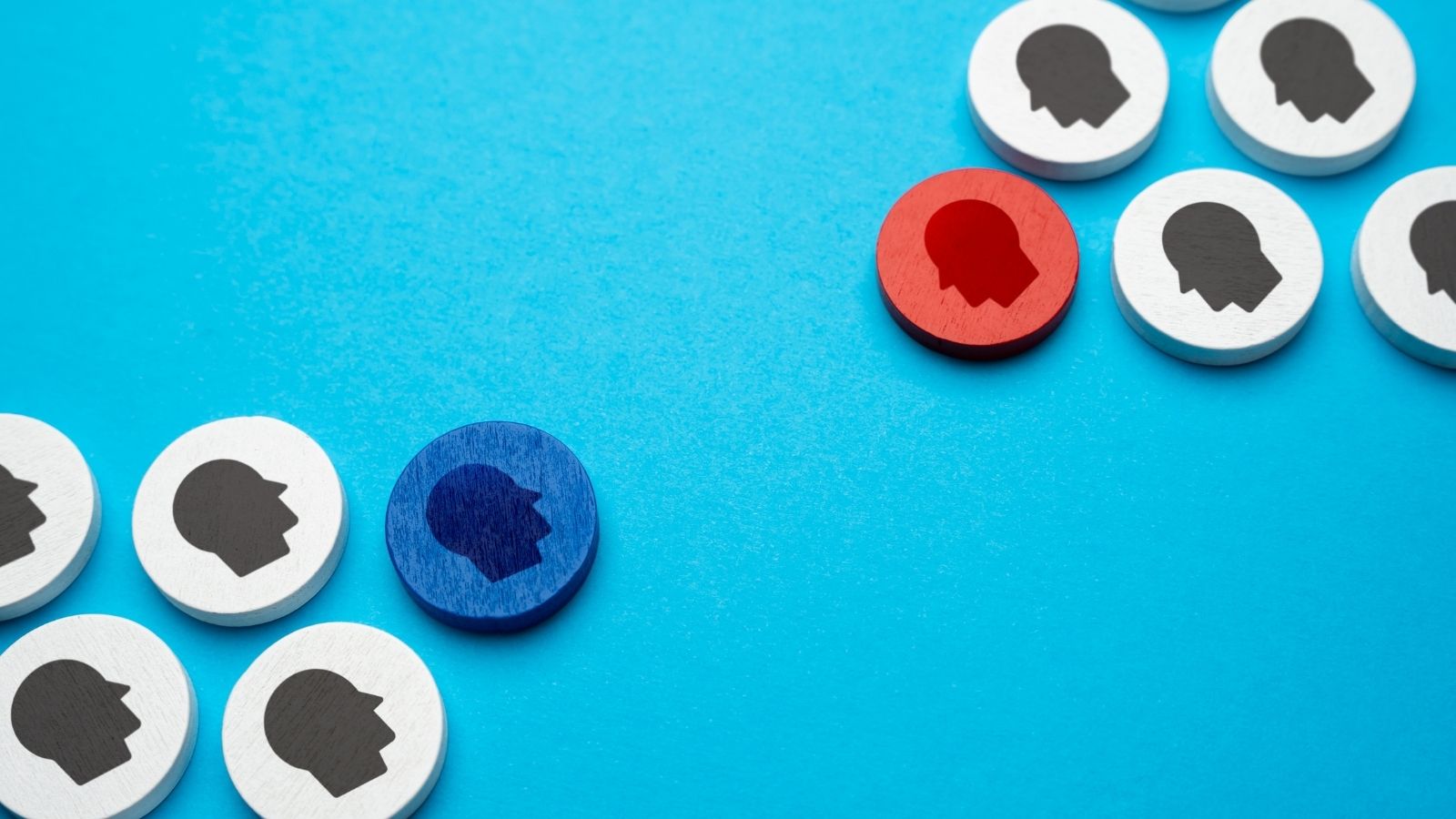
The deepening divide in American politics has created an environment of constant tension and uncertainty. This polarization affects everything from policy-making to personal relationships, eroding the sense of unity and shared purpose that underpinned the American Dream.
Erosion of Trust in Institutions

Confidence in government, media, and other institutions has eroded significantly. This mistrust breeds cynicism and disengagement, further weakening the social fabric necessary for the American Dream to thrive.
Racial Inequality

Despite progress in some areas, racial disparities persist in wealth, education, and employment. Systemic racism continues to hinder the ability of many minorities to achieve the American Dream, perpetuating cycles of poverty and discrimination.
Mental Health Crisis

The pressures of modern life, exacerbated by social media and economic stress, have led to a mental health crisis. The pursuit of the American Dream often comes at the cost of emotional and psychological well-being.
Work-Life Imbalance
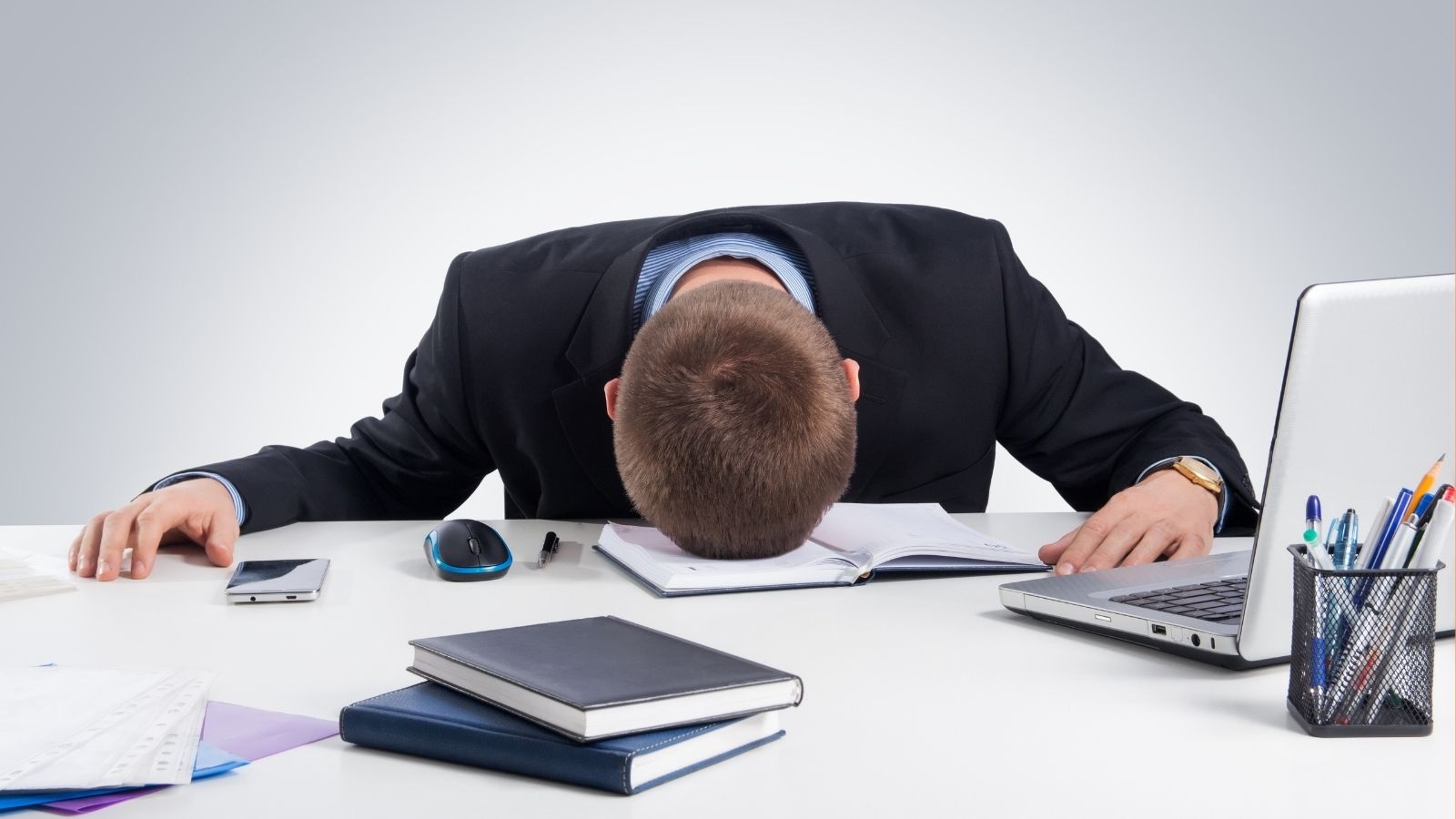
The increasing demands of work, coupled with the erosion of boundaries between personal and professional life, have led to burnout and a diminished quality of life. The relentless pursuit of success is leaving little room for family, relaxation, or personal growth.
Aging Infrastructure

America’s infrastructure, from roads and bridges to public transportation and schools, is aging and in dire need of repair. This neglect not only affects daily life but also undermines the country’s ability to compete globally.
Digital Divide
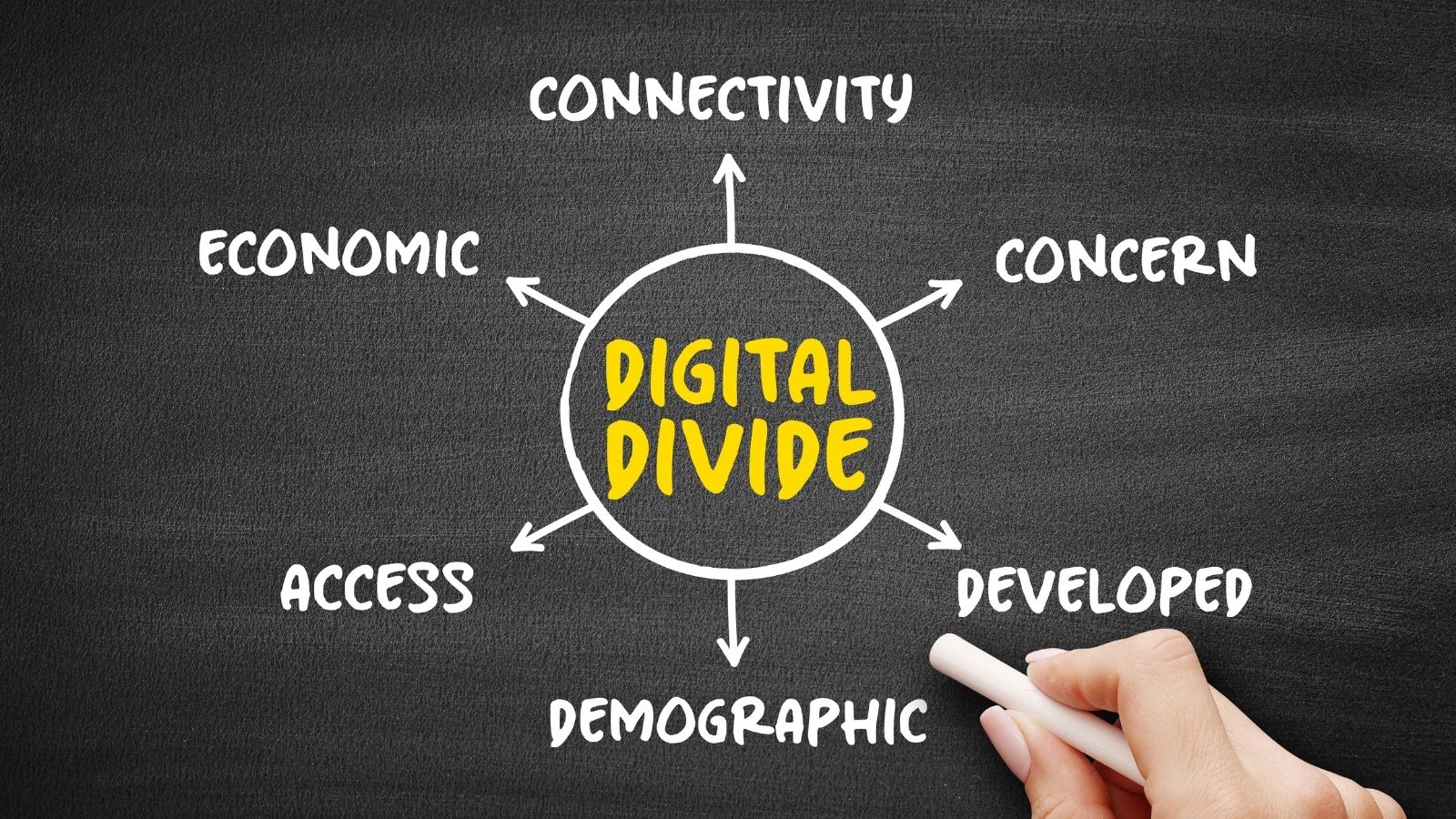
Access to technology and the internet is increasingly critical for success, yet a significant portion of the population remains disconnected. This digital divide exacerbates educational and economic inequalities, limiting opportunities for many.
Privacy Erosion

Advancements in technology have led to unprecedented surveillance and data collection. The loss of privacy is a growing concern, as personal information is increasingly commodified, impacting individuals’ sense of freedom and autonomy.
Decline of Small Businesses

The rise of large corporations and online giants like Amazon has decimated small businesses, which have traditionally been seen as the backbone of the American economy. The decline of mom-and-pop shops is a blow to the community-oriented, entrepreneurial spirit of the American Dream.
Educational Inequality

While education is touted as a great equalizer, disparities in funding and resources between affluent and underprivileged areas are growing. The quality of education a child receives is often determined by their zip code, entrenching social and economic divides.
Social Media Influence

Social media has transformed the way people perceive and pursue the American Dream. The pressure to present a curated, successful life online often leads to unrealistic expectations and a sense of inadequacy, distorting the true meaning of success and happiness.
Suburban Sprawl and Environmental Degradation

The expansion of suburban areas, once seen as a symbol of the American Dream, is contributing to environmental degradation. Sprawl leads to the loss of natural habitats, increased pollution, and greater dependence on automobiles, further complicating efforts to combat climate change.
Declining Birth Rate

The U.S. birth rate has been steadily declining, influenced by economic uncertainty, the high cost of raising children, and shifting societal values. This trend raises concerns about the future workforce and the sustainability of social safety nets.
Immigration Challenges
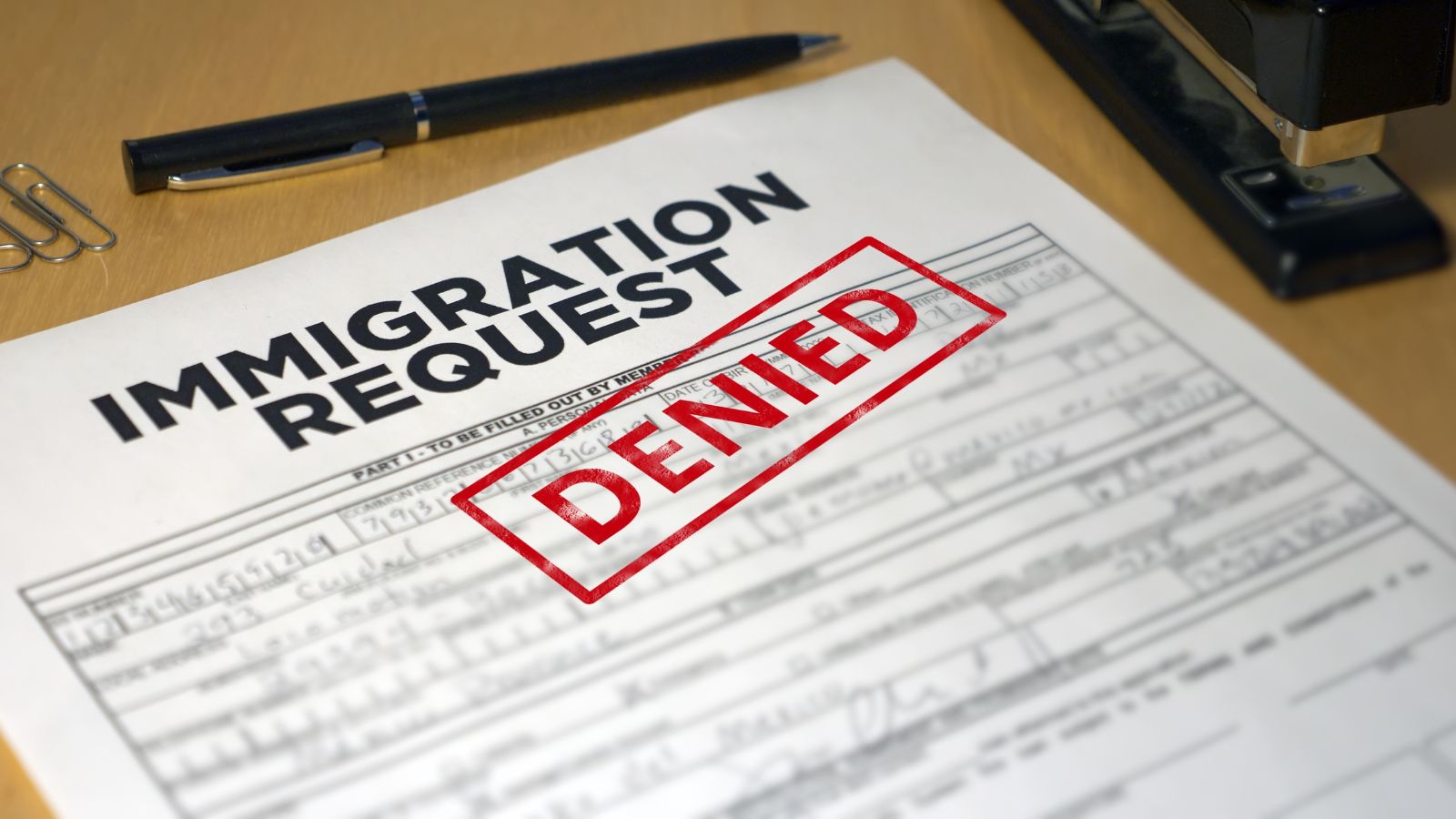
Immigration has historically been a key component of the American Dream, but recent policies and sentiments have created a more hostile environment for immigrants. This shift threatens the diverse, multicultural fabric that has defined America and fueled its growth.
18 Reasons Why People Are Leaving Florida in Masses

Exploring factors that impact the desirability of living in Florida, this list delves into various challenges shaping residents’ experiences. From environmental concerns like rising sea levels to economic factors such as fluctuating job markets, these issues collectively contribute to a nuanced understanding of the state’s appeal.
18 Reasons Why People Are Leaving Florida in Masses
